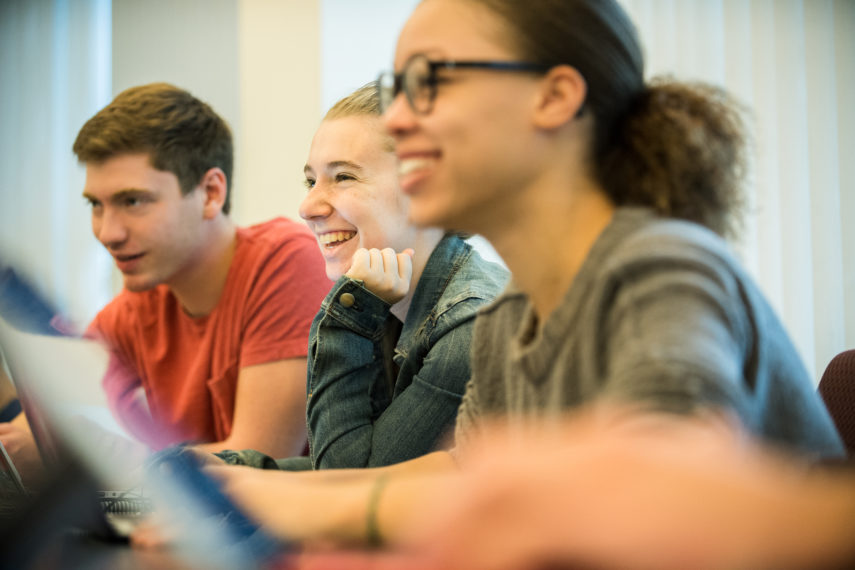MTA, SUNY, CUNY and Microsoft Launch Virtual Hackathon to Improve Real-Time Seating Information for Metro-North Railroad Customers
Competition Aims to Identify Ways to Reduce Crowding During Pandemic and Beyond Building on MTA In-House Technologies
The Metropolitan Transportation Authority (MTA), State University of New York (SUNY), City University of New York (CUNY) and Microsoft today launched a new virtual hackathon that will seek to harness the remarkable creativity and tech skills of students and professionals in the New York metropolitan region to improve real-time train seating availability information for Metro-North Railroad customers. Registration for the virtual hackathon, which is open to students and tech professionals, begins today and will run through Thursday, July 9. The week-long hackathon will kick off Monday, July 13, and run through Friday, July 17.
This announcement builds on recent developments from the Long Island Rail Road, which this month released an updated LIRR Train Time app to create the first public transportation seating capacity tracking platform in North America. This new feature puts real-time capacity information into the hands of customers, allowing riders to more effectively social distance on trains.
“As we work with the LIRR’s tech team to bring their solution to our system, we are also turning to the New York’s rich pool of talented tech students to see if there are ways to get even more data and more granular data, and bring it to a wider segment of our system,” said Catherine Rinaldi, President of Metro-North Railroad. “We are living through immensely challenging times unlike any ever encountered in the history of the railroad. By working with world class universities and technology companies, we’re confident we can bring better products to our customers.”
The goal of the challenge is to have participating developers, data scientists, and designers assist Metro-North with this significant customer service improvement. The event will connect prospective competitors with Microsoft’s cloud services, public datasets and the MTA’s in-house tech staff in an effort to help Metro-North mirror and build upon the functionality provided in the recently updated Long Island Rail Road Train Time app.
The precise contours of how best to accomplish this ambitious goal will be driven by the participating technologists, with winners ultimately assisting MTA IT and Microsoft personnel in the months to follow. Winners will be announced July 24. More information is available at https://www.mtahackathon.org.
The LIRR Train Time app displays the seating availability in the 836 M7 rail cars that comprise 90% of the LIRR’s electric fleet by using data from pre-existing factory-built sensors in the cars’ suspension systems. The sensors measure changes to the weight of that car as the train proceeds from station to station and software tailor-made by the LIRR uses that data to create real-time estimates of seating availability. Then, by using a user’s smartphone GPS, the app shows LIRR customers whether the car that will pull up to the spot on the platform where he or she is standing will be relatively full or empty of other passengers, allowing that person to walk along the platform to find a car with more seats.
The LIRR and Metro-North are working together to bring this same technology to Metro-North’s 336 M7 cars, which compose 100% of the electric fleets on the Harlem Line (Grand Central to Southeast or North White Plains) and Hudson Line (Grand Central to Croton-Harmon). But there may be other solutions to the challenge of collecting data on passenger loading volumes. For example, the LIRR’s newer M9 cars employ the same infrared technology Metro-North uses at its Yankees-E. 153rd Street station that count the number of times people walk through the car’s doors.
“We are excited to engage a diverse, multi-talented cohort of future technology leaders to help us bring cutting edge solutions to the MTA, in order to help Metro-North riders make informed decisions about their daily commute,” said MTA Chief Technology Officer Raf Portnoy. “Microsoft cloud platform will provide rich development environment for the hackathon participants, challenging their technical abilities to the max and bringing the best and the brightest innovators together for this one of a kind, time sensitive contest.”
“SUNY is proud to lend some of our best and brightest young technology minds to this hackathon challenge, where a diverse and talented group of students will help the MTA find innovative solutions that will help New Yorkers safely navigate their day to day lives amid a global pandemic,” said SUNY Chief Information Officer Brian Digman. “This virtual event brings together the power of the private sector with the brilliance that exists within our great university system to benefit the public good and ultimately keep people safe.”
“CUNY is proud to have our students participate in this hackathon to marshall the collective strength of higher education and the private sector to help find a solution to a public problem: namely, giving New Yorkers the information they need to feel safe riding Metro North,” said CUNY Chancellor Félix V. Matos Rodríguez. “These kinds of partnerships will be key to creating a smarter, more tech-savvy New York in a post-COVID 19 reality. We thank our partners, the MTA and Microsoft, for having the foresight to host such an event and tapping into the potential of CUNY students, who will play a key role in the future of our beloved city.”
This will be the first MTA-sponsored hackathon in six years. Previous MTA-sponsored AppQuest challenges in 2012, 2013 and 2014 assisted in the development of scores of apps to help MTA customers navigate the system.
